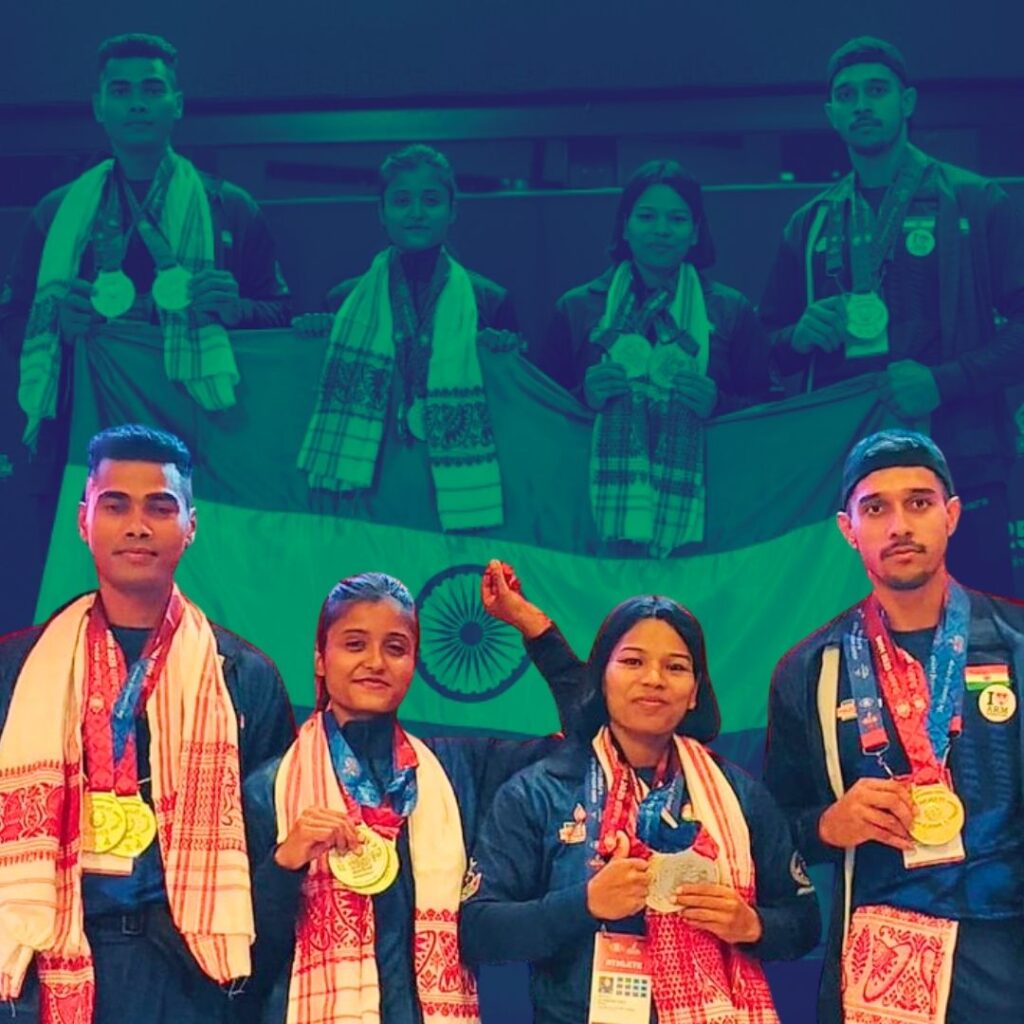Noting the deepening ties between the world’s two most populous countries, The Economist once said that the prospect of renewed war between India and China is, for now, something that disturbs the sleep only of virulent nationalists in the Chinese press and retired colonels in Indian think-tanks.
Today, with tensions brewing in the India-China border in Sikkim, it is tempting to void the newsmagazine’s cautious optimism and declare that Asia is destined for a constant minor cold war between its giants in a multipolar world.
On the surface, that would seem a fair characterisation. But it would also be factually unwholesome. India and China have a millennia-old relationship and they are extremely different and extremely similar at the same time.
A Himalayan rivalry
India and China have engaged in three military conflicts and numerous border skirmishes. The largest of these territorial clashes occurred in 1962, when the Sino-Indian War saw a belligerent China defeat a woefully unprepared India. The other two major confrontations were the Chola Incident in 1967 and the 1987 conflict in Sumdorong Chu Valley.
These border disputes are broadly differentiated into two regions by cartographers. The first involves Aksai Chin, a virtually uninhabited high-altitude wasteland that is governed by Beijing but claimed by New Delhi as a part of Jammu and Kashmir’s Ladakh region. The second cause of friction involves Arunachal Pradesh, which is governed by India but largely claimed by China.
Irreconcilable differences
Optimism is rarely welcome in international diplomacy. Optimism will tell us that India and China can find a way to avoid a prolonged cold war between them because they both understand that there is more to gain if the two work together towards achieving their shared goals. But realism will tell us that no matter how close India and China bond, they will have to find a way to live with incompatible differences.
The most prominent of these differences is governance. China is a single-party, hawkish communist state; India is a messy albeit proud democracy. Both countries beat many odds to preserve their worldviews.
India managed to integrate its many peoples under one flag through a cautious and remarkable balancing act between federalism and centralisation. In doing so, India’s leaders proved Western commentators who predicted more partitions and ceaseless instability wrong.
China defied international isolation from its capitalist foes during the Cold War and from the Soviet Union, its erstwhile ally, after the Sino-Soviet split of 1960. The East Asian country managed to make the West come to its door by liberalising its economy, globalising its markets and pioneering a quasi-capitalistic economy under the iron thumb of an autocratic single-party state.
India’s journey also involved many hiccups, most notably a nearly two-year period from 1975 when democratic rights were curbed and the country practically became a dictatorship under Indira Gandhi. China, too, has had its obstacles. In China’s case, however, the barriers claimed millions of citizens’ lives.
Indians may not always be happy with their political leaders, but they are ever eager to participate in the country’s vibrant democracy. In the world’s largest democracy, elections are a spectacle, akin to national holidays, with relatively high voter turnouts and a wide array of political parties espousing virtually all political ideologies across the spectrum.
China, on the other hand, has no democracy, and whatever little the Communist Party allows its citizens is fake and worthless. It is one of the world’s worst violators of press freedom and free speech and its government operates behind closed doors and does not hesitate to clamp down on any dissent with its oppressive censorship regime.
The differences don’t end with politics. Indians are deeply distrustful of China, with only a third of Indians viewing China favourably. The memory of its 1962 defeat is fresh in India’s mind and it views China’s regime of total censorship and lack of democracy as alien and destructive. A major reason for this distrust is China’s close relationship with Pakistan, which has been India’s enemy since 1947’s Partition.
For China, on the other hand, India is a testament to the chaos of democracy and it projects its arguably more superior success as a factor to why the Chinese model works. Besides the border disputes, a major cause for the mutual distrust is India’s history of being pro-Tibet and its harbouring of the Dalai Lama and thousands of Tibetan refugees.
Divided by politics, united by ambition At the same time, conclusively stating that India and China are doomed to a future of animosity would also be incorrect in many respects. The two countries are united by several factors, the most consequential of which are long periods of being dominated by foreign interests and a future where they are expected to command more power and influence than any …











